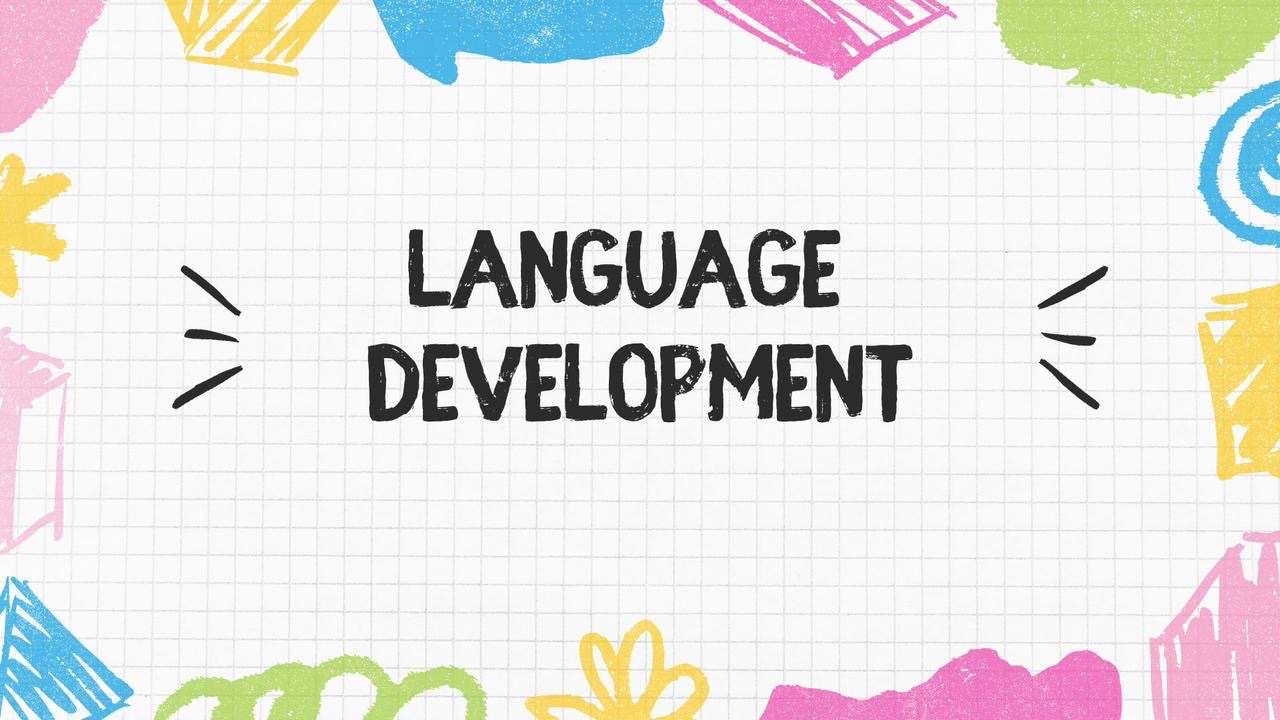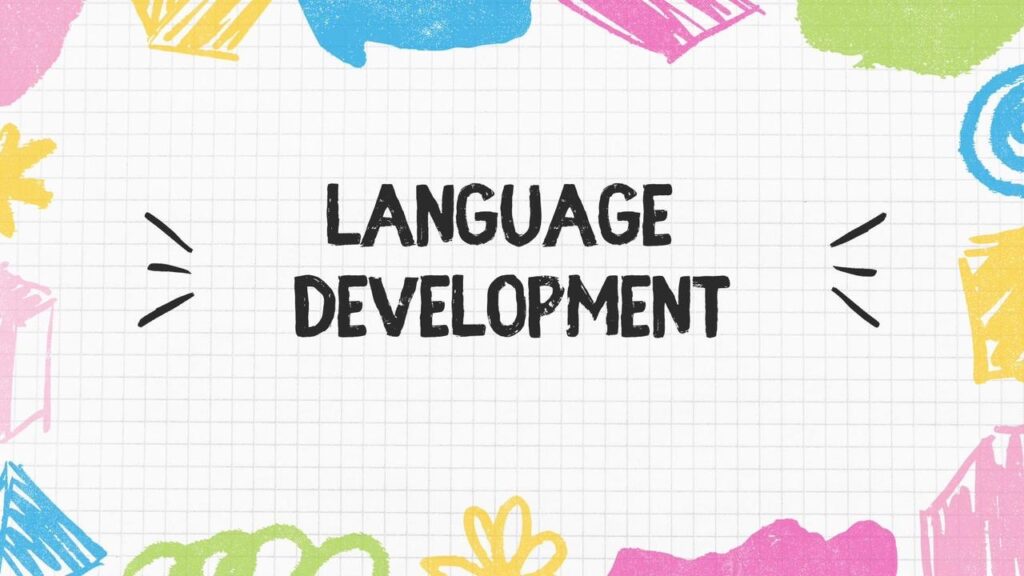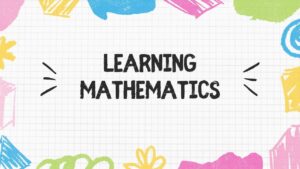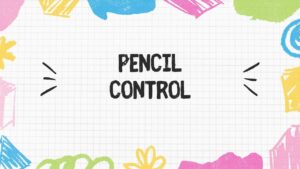Stages of Language Development


Stages of Language Development
As a child therapist and the mother of an energetic four-year-old daughter, I’ve had the unique opportunity to observe and support language development from both a professional and personal perspective. Language development is a fascinating journey that unfolds in distinct stages, each building upon the previous one. Understanding these stages helps us nurture and support our children’s communication skills effectively. Here, I’ll share my insights on the different stages of language development according to age and how we can best support our children through each phase.
Infancy: Birth to 12 Months
From the moment my daughter was born, I was captivated by her early attempts at communication. During the first year of life, infants start with cooing and babbling, which are the foundational sounds for later speech. My daughter would babble with a wide range of sounds, experimenting with her voice and enjoying the responses she received from us. As a therapist, I know how important it is to engage with infants through talking, singing, and reading. Responding to their coos and babbles encourages them to continue experimenting with sounds and begin to understand the rhythm and flow of language.
Toddlerhood: 1 to 2 Years
As my daughter transitioned into toddlerhood, her language skills took a significant leap. Around her first birthday, she started saying her first words, and by 18 months, she had a small but growing vocabulary. This stage is characterized by a rapid increase in word acquisition and the beginning of simple sentence formation. She would often point to objects and name them, saying “dog,” “ball,” or “milk.” At this stage, toddlers also begin to understand more than they can express. As a mother, I found it essential to talk to her constantly, label objects in our environment, and read books together to expand her vocabulary. As a therapist, I encourage parents to engage in similar activities, as they are crucial for language development.
Early Childhood: 2 to 3 Years
Between the ages of two and three, my daughter’s language skills blossomed even further. She started combining words into simple sentences, such as “want cookie” or “big truck.” Her understanding of language also grew, and she could follow simple instructions and understand more complex concepts. We had so much fun playing games that involved naming objects, describing actions, and exploring new vocabulary. In my professional practice, I emphasize the importance of interactive play, storytelling, and singing songs to enhance language skills during this stage.
Preschool Years: 3 to 4 Years
Now that my daughter is four, her language abilities have become more sophisticated. She speaks in complete sentences, asks questions, and engages in detailed conversations. This stage is marked by an explosion in vocabulary, improved grammar, and the ability to tell stories. My daughter loves to share her thoughts and experiences, often surprising us with her creativity and understanding. As a mother, I encourage her to express herself through conversation, reading books, and imaginative play. In therapy, I often use activities that promote narrative skills, such as creating stories together and discussing daily events.
Early School Years: 4 to 6 Years
As children enter the early school years, their language skills continue to refine. They begin to understand and use more complex sentences, grasp the rules of grammar, and expand their vocabulary even further. My daughter, now in preschool, is starting to understand the basics of reading and writing, which adds another layer to her language development. At this stage, I focus on encouraging her curiosity, answering her many “why” questions, and involving her in activities that promote literacy. In my professional role, I stress the importance of reading with children daily, discussing stories, and encouraging them to express their ideas.
Watching my daughter develop her language skills has been a journey filled with wonder and joy. As both a mother and a therapist, I see how each stage of language development is critical and builds upon the previous one. By understanding these stages and providing the right support, we can help our children become effective communicators. Engaging in conversations, reading together, and encouraging expressive activities are key strategies. There’s nothing more rewarding than hearing my daughter articulate her thoughts and knowing that I’m helping her grow into a confident and capable communicator.

